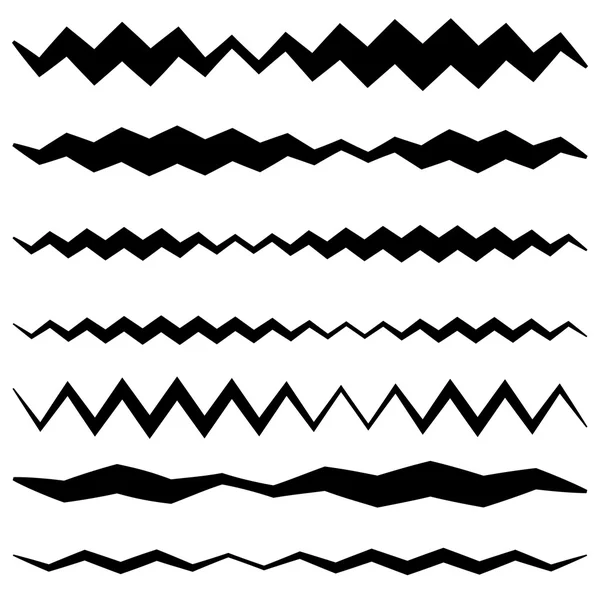
The reason for this increased stroke risk isn’t fully understood. One 2019 study focused on young female patients with no other risk factors. Other research has found links between migraine and stroke, particularly migraine with aura, possibly doubling the risk. No association with stroke was found for migraine without visual aura. Results showed a significant association between migraine with visual aura and ischemic stroke over 20 years. If you have migraine with aura, though, you may be at a higher risk of stroke.Ī prospective, longitudinal study published in 2016 compared people with migraine to those without migraine. Having migraine with aura doesn’t mean you’re having a stroke or that stroke is about to happen. Is there a higher risk of stroke if you have ocular migraine? Retinal migraine happens in only one eye and can cause temporary blindness or in some cases, irreversible damage. Migraine with aura isn’t the same as retinal migraine, which is more serious. This is called acephalgic migraine or silent migraine. Others have aura and pain at the same time.Īn attack can also happen by itself, with no pain. The attack typically lasts 20 to 30 minutes, after which vision returns to normal.įor some people, this aura is a warning sign that migraine pain and other symptoms will soon hit. These can be disturbing, but they’re temporary and not usually harmful. You may still see it when you close your eyes. It might dart away when you try to focus on it. colorful stars, zig-zag lines, or other patternsĬertain things, like bright or flashing light, can trigger migraine with aura.Īn attack usually starts with a small spot that slowly expands.

Migraine with aura involves visual distortions that might remind you of looking through a kaleidoscope.

According to the American Migraine Foundation, about 25 to 30 percent of people with migraine experience aura, and less than 20 percent have it with every attack.


 0 kommentar(er)
0 kommentar(er)
